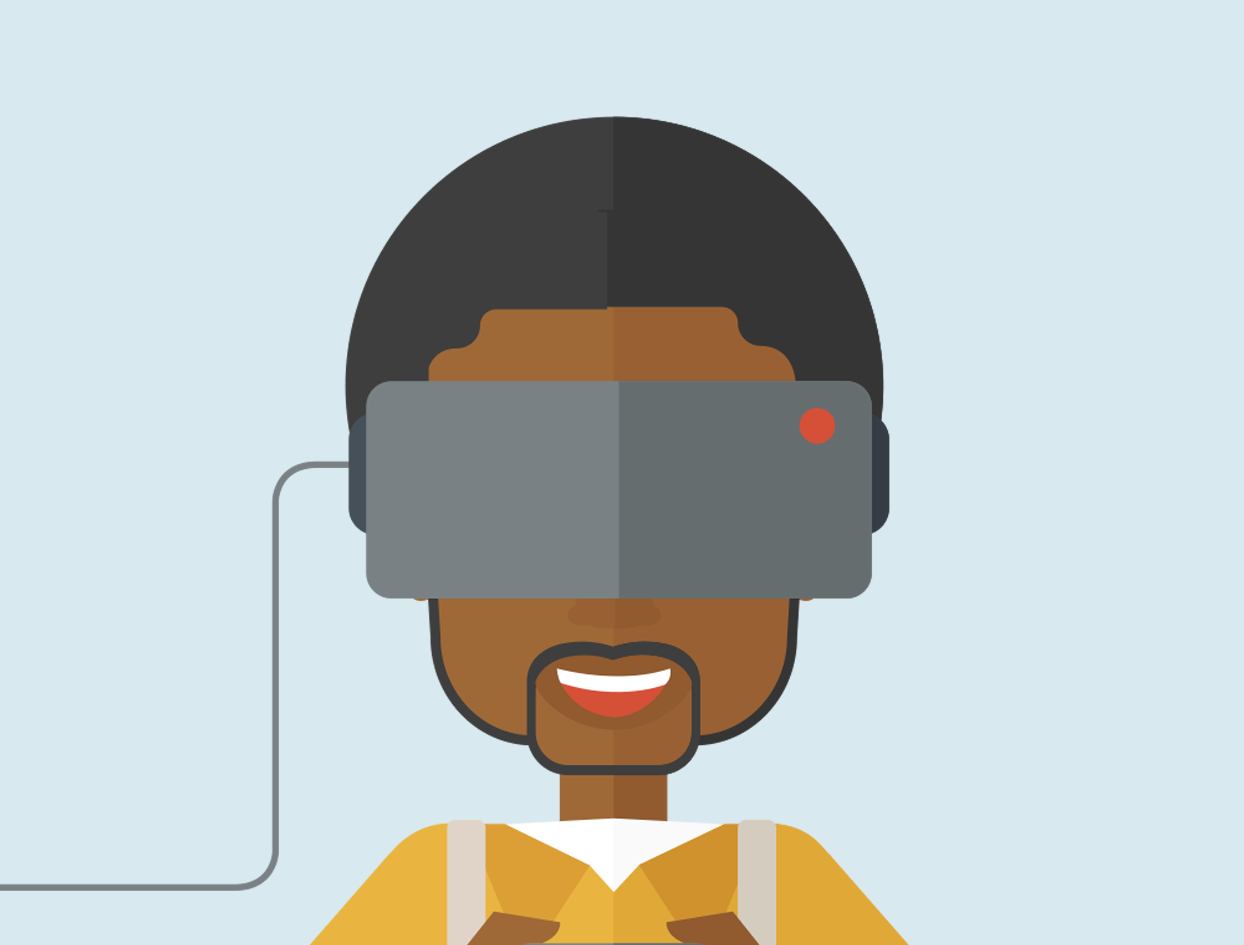 The digital world is ever-changing, and the emergence of virtual reality is just the latest example. Virtual reality is on its way to not only change how companies advertise, but also to dramatically shift how consumers engage with those brands. And with the industry set to exceed the $1 billion mark in 2016 (and $80 billion by 2025), virtual reality’s growth and possibilities can’t be ignored.
The digital world is ever-changing, and the emergence of virtual reality is just the latest example. Virtual reality is on its way to not only change how companies advertise, but also to dramatically shift how consumers engage with those brands. And with the industry set to exceed the $1 billion mark in 2016 (and $80 billion by 2025), virtual reality’s growth and possibilities can’t be ignored.
Virtual reality has the potential to improve the content marketing efforts of brands across the world and engage consumers like never before through experiential marketing and storytelling.
How Brands Are Already Using Virtual Reality
Many brands have already jumped on the virtual reality bandwagon to provide unique experiences and achieve high levels of consumer engagement in ways that standard marketing could never accomplish.
For example, Marriott Hotels created through virtual reality a “tangible experience” of traveling to one of its hotels, allowing viewers to experience the hotel and destination in a way that no amount of online research could ever do. Similarly, Lexus provided its consumers with an opportunity to experience the Lexus NX by virtually driving the car through a VR headset, and IKEA introduced a way for shoppers to virtually explore a living room rather than just looking at sets in stores.
Just like you can use content to meet goals outside the marketing department, you can use virtual reality for other purposes, like education and recruitment, too. The Hacienda Patrón tequila distillery provided consumers a 360-degree educational seminar that gave viewers a behind-the-scenes look at the product, and the United States Air Force allowed future candidates the ability to fly a fighter jet virtually through the use of virtual reality.
Virtual reality is versatile, and depending on your goals, different VR strategies can work better for your brand and your audience. But before you get started yourself, there are a few critical factors to consider before you and your brand decide to invest your time and efforts.
Three Factors to Consider Before You Invest in VR
The first and most obvious factor is the price of production. The cost varies across platform and device: Headsets like the Oculus Rift, for example, run a little more expensive. These more expensive options usually produce better, higher-tech experiences, but devices such as Google Cardboard and Samsung Gear are less expensive and can be used with a smartphone to produce virtual reality experiences, too.
Before you start setting aside any budget for VR, you have to determine whether the content you’d produce through virtual reality would actually be relevant to your consumer. If your content wouldn’t be better delivered through VR, then maybe now isn’t the time.Just because VR is new and exciting does not mean it’s automatically the best way for you to connect with your audience.
Third, understand how your target audience interacts with you and what they expect from you as a brand. Is virtual reality something that will meet their needs? Would your audience be open to experiencing your brand like this? Do members of your audience have access to VR devices of their own, or would you need to provide them with one? These are just a few of the many questions you need to answer before coming close to any decision.
The idea of creating content and connecting with your audience through virtual reality can be exciting and scary at the same time. With so many possibilities, it seems almost impossible to fail, but it’s important to avoid promoting irrelevant content for the sake of using new technology. As with any strategy or tactic, considering your audience and the goals of your own brand are crucial to determining whether virtual reality is right for you.
What VR Means for the Future of Content Marketing
Used correctly, virtual reality is sure to change the future of how we market and engage with consumers. With it, brands have the exciting opportunity to leave stronger and more lasting impressions on audiences, tell more engaging stories, and introduce more unforgettable experiences for consumers.
The possibilities with virtual reality are endless and allow space for richer content that will change the world of content marketing. So put on your headset and get ready to deliver an opportunity to experience your brand in ways your audience never thought possible.
To improve your brand storytelling and learn more about exceptional content marketing, download your free four-step guide below:




 The digital world is ever-changing, and the emergence of virtual reality is just the latest example.
The digital world is ever-changing, and the emergence of virtual reality is just the latest example. 



